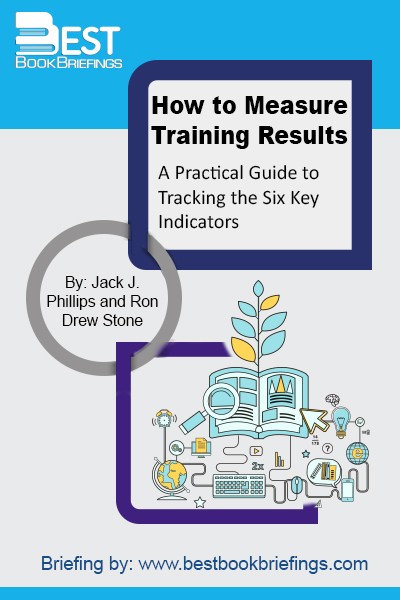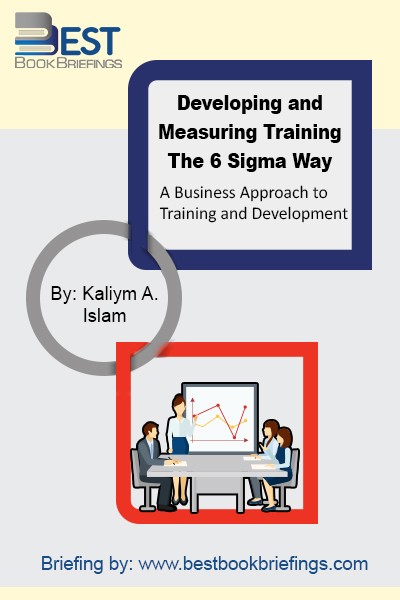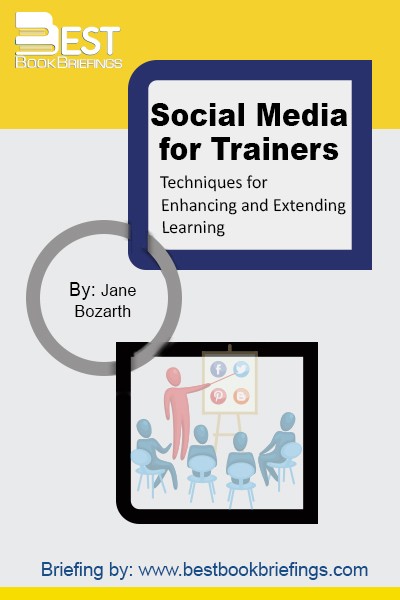Social Media for Trainers
Techniques for Enhancing and Extending Learning
Number of pages: 192
Publisher: Pfeiffer
BBB Library: Education, Technology and Globalization
ISBN: 9780470631065
Editorial Review
New social media technologies and strategies provide quick, easy solutions to many of the challenges faced by workplace training practitioners. Social media vehicles such as Twitter and Facebook, for example, can help trainers build learning communities, facilitate quick assignments, offer updates or follow-up tips, and otherwise extend the reach of the formal training event. Social Media for Trainers is the first how-to guide on the incorporation of social networking techniques into a trainer's repertoire. It covers the most popular Web 2.0 tools for instructor-created content (blogs), community-created content (wikis), micro-blogging (Twitter), and community sharing and interaction (Facebook), all with detailed instruction on conducting several training/training-related activities.
Book Reviews
Books on Related Topics

In this book, nine authors from three continents, ranging from academics to business leaders, share their visions for the future of learning and work. Educational and organizational implications are uncovered, experiences are shared, and the contributors explore what it's going to take for individuals, organizations, and nations to succeed in Knowmad

Too often, training has been viewed as either a line-management responsibility, or a responsibility of the HR or training department. The truth is: management and HR are jointly responsible. Senior management do not ask enough questions about results, because training costs are budgeted and allocated in ways that create indifference from

Instructional System Design (ISD)—or some of its variations—is at the core of any contemporary training program. However, it was never intended to address business issues; the process itself is devoid of techniques dedicated to them. Although there are several variations of ISD, each suffers from the same flaw: a lack of

There is near-universal agreement that schools must find ways to transform older teaching practices in order to harness the tools that students have at their disposal today. This book introduces you to many of the most useful tools and concepts for an education setting so that you can decide, along with



